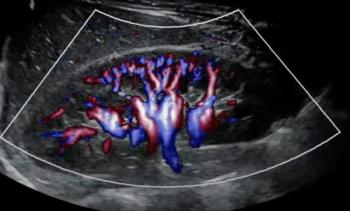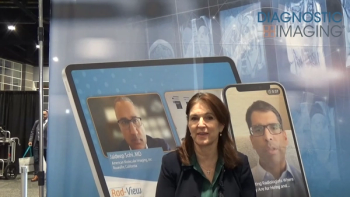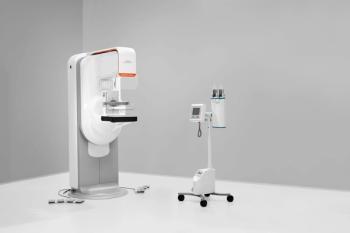
PE Triage Platform from RapidAI Receives FDA 510(k) Clearance
The new artificial intelligence-powered software reportedly helps detect central pulmonary embolism (PE) on computed tomography pulmonary angiogram (CTPA) images and streamlines communication among interventional teams to bolster treatment outcomes.
Could an emerging artificial intelligence (AI)-enabled triage platform facilitate earlier detection and treatment for people who suffer a pulmonary embolism (PE)?
The Rapid PE Triage & Notification product has garnered
The
• Enhanced identification of suspected central PE on computed tomography pulmonary angiogram (CTPA) images
• Real-time notification with previews of CTPA imaging available for review via mobile devices, desktop computers and laptops
• Streamlined communication among interventional teams to facilitate triage of priority cases and timely treatment
“I’m excited to see firsthand how artificial intelligence will transform the way we triage and manage PE, a historically complicated process involving a diverse care team,” noted Jimmy Kerrigan, MD, FSCAI, FACC, RPVI, an interventional cardiologist affiliated with Ascension Saint Thomas Heart at multiple locations in Tennessee. “After seeing what RapidAI technology has done for stroke, I’m optimistic about about its potential to optimize our care for patients and to hopefully improve patient outcomes.”
Newsletter
Stay at the forefront of radiology with the Diagnostic Imaging newsletter, delivering the latest news, clinical insights, and imaging advancements for today’s radiologists.




























